IT TAKES A VILLAGE

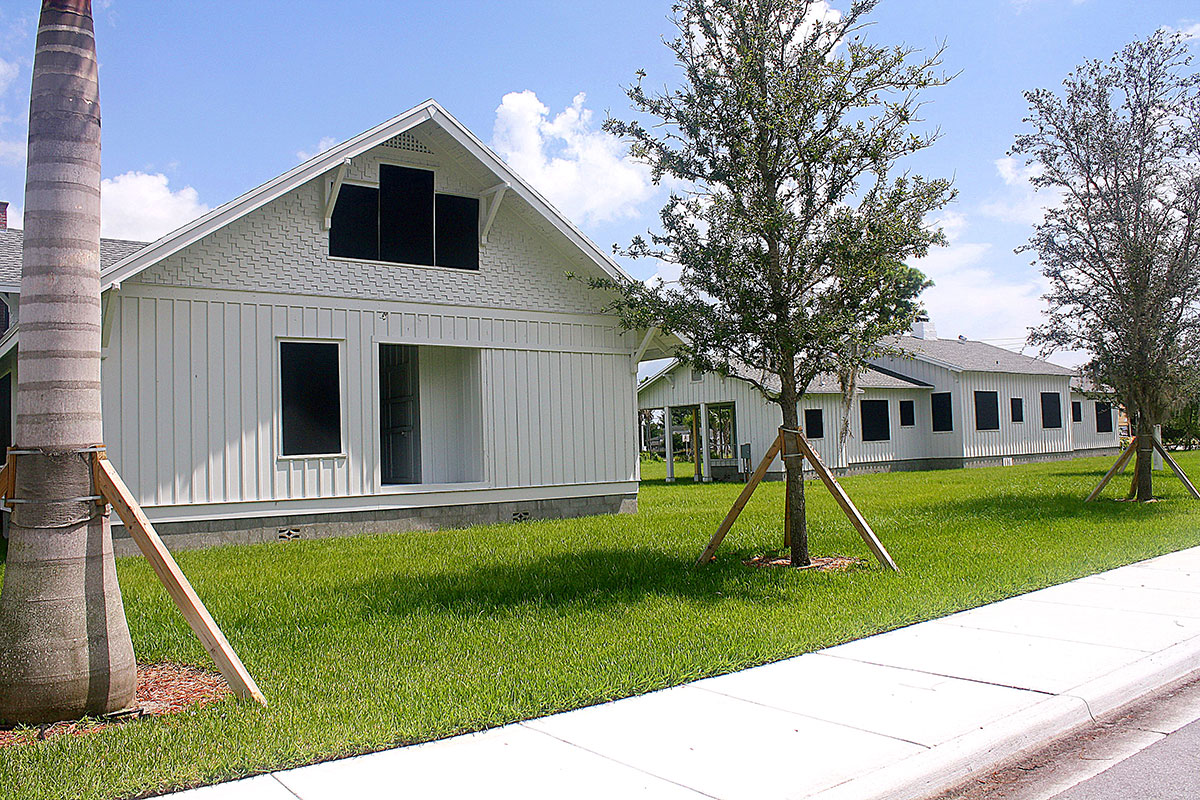
Plans for Port St. Lucie’s ‘historic village’ move forward
BY ELLEN GILLETTE
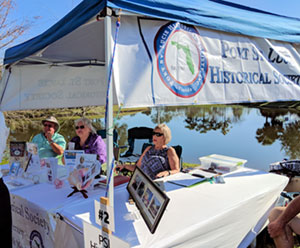
Many of Port St. Lucie’s residents and visitors are unaware that part of the 1979 James Bond film Moonraker was filmed on the St. Lucie River because of its similarity to the Amazon, or that the name of Elkcam Waterway is “Mackle” spelled backwards, homage paid to the three Mackle brothers whose General Development Corporation of the late 1950s sparked Port St. Lucie’s first growth spurt. GDC also put one of its model homes in Grand Central Station in New York City to entice prospective buyers for what is now River Park. The siren call of “$10 down, $10 a month” brought the initial flocks of snowbirds south.
Perhaps because Port St. Lucie has been spotlighted as one of the fastest growing communities in the nation, it’s easy to overlook its history. Approaching the 60th anniversary of the city’s incorporation, the area’s history can actually be measured in centuries. A Native American mound within the 97-acre Spruce Bluff Preserve dates back to 100-300 B.C.
Hikers at Spruce Bluff can visit the site of an 1891 pioneer settlement that once contained homes, a school, post office and sawmill, none of which survived. The Port St. Lucie Historical Society and City of Port St. Lucie are working together to see that other historical structures do not suffer the same fate.
A house is more than bricks and boards. At some point it becomes history, not only that of a family but of an entire region. Quoting the city’s Riverwalk Boardwalk Extension Project, two structures “will be restored to provide a picture into old Florida living over the last century.”
These buildings, having been moved to Westmoreland Boulevard near the Botanical Gardens, are the start of a historical village.
SOCIETY’S START

Although the extension project is relatively new, the idea of protecting the city’s history began almost 25 years ago. In 1995, a group of like-minded ladies began discussing the importance of preservation. The first official meeting of the group that evolved into the Port St. Lucie Historical Society took place the following year, incorporating as a non-profit organization in 1997. St. Lucie County Commissioner Paula Lewis, one of the founders, is still on the board.
Society board member Jack Kelly has lived in Port St. Lucie nearly 30 years, serving as a city councilman for 12 years, as well as the vice mayor in 2006. A cheerleader for the city, Kelly points to its accomplishments — the state-of-the-art utility system and soon-to-be-open Crosstown Parkway extension.
To fully appreciate where the city is today, however, it is important to understand how far it has come. The society’s extensive website — http://www.pslhistory.org — is largely the work of member Mary Dodge. Here you can enter a virtual museum with history lessons about everything from Spruce Bluff to the murderous owner of a local fish camp. A Q-and-A section tackles the origin of the name Lucie, the wild peacocks on Veterans Memorial Parkway and why there is no downtown, with a blog providing further details. Historical photographs are posted; related items are offered for sale. Society Chair Patricia Christensen says, “People moving to the area or thinking about moving here frequently contact us, asking about the area’s history.”
The website also contains background on the two buildings relocated to Westmoreland. The two-story structure was built in 1917 in Fort Pierce and later moved to the Peacock Ranch in what is now PGA Verano. The one-story building is the Peacock family’s 1950 hunting lodge. In 2018, both buildings took a two-day trip to their new home just south of the Botanical Gardens. Kelly’s hope is for the envisioned village to become a reality by the time Port St. Lucie celebrates 60 years in 2021, but according to Wes McCurry, Community Redevelopment Agency director, the project has closer to a five-year timeline.
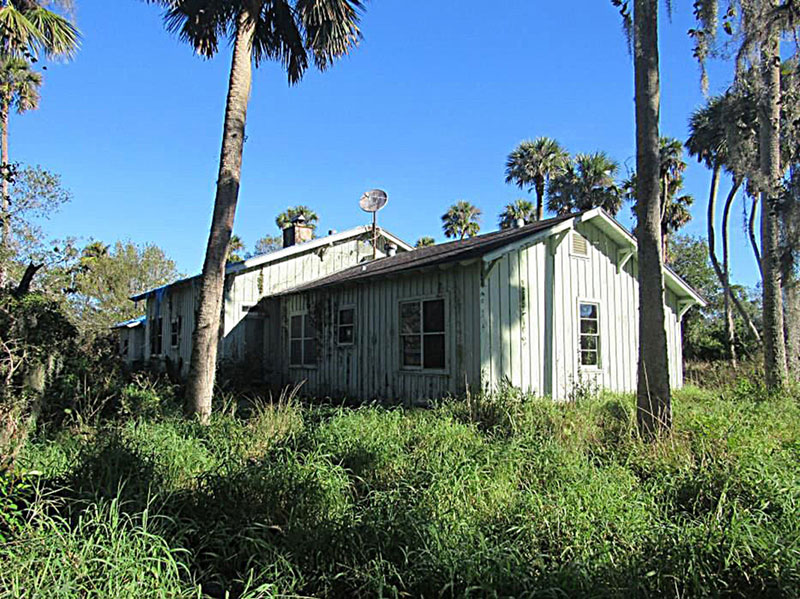
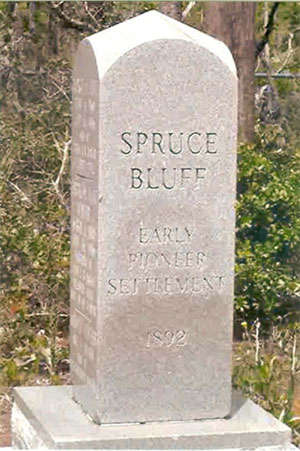
Project plans, representing millions of dollars, also include waterfront dining on the North Fork, pavilions, a playground, and the southern extension of the boardwalk. The houses constitute a large part of the finances. Aided by a $350,000 grant from the state’s Division of Historic Resources, their relocation and stabilization cost $800,000 with another $700,000 for necessary site improvements.
Although the city is still fine-tuning cost projections, grants could cover $1.5 million of the total cost for the historical village, close to half. Sarah Prohaska, the city’s assistant communications director, says the city will apply for grant assistance each year to rehab the structures; the city is also looking into projected maintenance costs.
EMERGING PLANS
Christensen, a former mayor of Port St. Lucie, says the interiors of the building are in better condition than she’d expected. “The two-story has beautiful Dade pine, some of the original lighting. The lodge is cedar, with built-in bookcases. It will take relatively little work to transform them.”
While a historical village was always the plan, other ideas have also emerged. A retail establishment could, theoretically, be housed within one of the Peacock buildings. “When I went inside the houses,” Christensen says, “I thought, ‘Oh, my gosh! Making the changes necessary for a retail business would ruin the integrity of the design.’” She says it would likely cost less to tear down the buildings and build new retail establishments than to convert the older structures, a tremendous loss of history.
At a June Community Redevelopment Agency meeting, Russ Blackburn, city manager and CRA executive director, said that while some aspects of renovations address both houses, renovating one house at a time maximizes grant possibilities. The society was asked to submit its proposal in order to help finalize decisions.
Renovating the lodge as a museum is the society’s first priority, run by an army of volunteers of society members; the Daughters of the American Revolution and Chamber of Commerce have also expressed interest. The society wants to record oral histories, with a kiosk where people can watch and listen to locals tell their stories.
Beyond that, Christensen says their vision includes opening the two-story period house for school tours and special events. “Part of our proposal is to gear events toward things like Memorial Day and Veterans Day.”
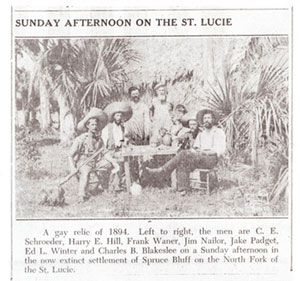
DONATED ITEMS
The society is excited about having a physical location from which to share photographs, historical items and information with the public; much of its inventory is currently in storage. As others hear about the society and proposed historical village, calls are coming in from people wanting to donate furniture, photographs and other items of historical interest.
Port St. Lucie is a relatively new city, with a golden opportunity to get a head start for the future on protecting its history. While the Port St. Lucie Historical Society continues to educate through events and its website, the city moves forward. Decisions as to the final outcome of the Peacock structures and surrounding areas have not been decided, but as the society and city work together, Port St. Lucie could be the richer for their united commitment to preservation and education.
As mayor, Christensen reached out to the society in 2008, asking them to participate in the city’s 50th anniversary. Several current or former city officials serve as board members, helping raise funds for past projects, such as their book and video. Future projects — updating the video, for example — will require money too, but right now, it’s a waiting game. “It’s hard to put your hand out when you don’t know for sure what’s happening,” Christensen says.
As the saying goes, “it takes a village.” In this case, it will take a village to create a village.